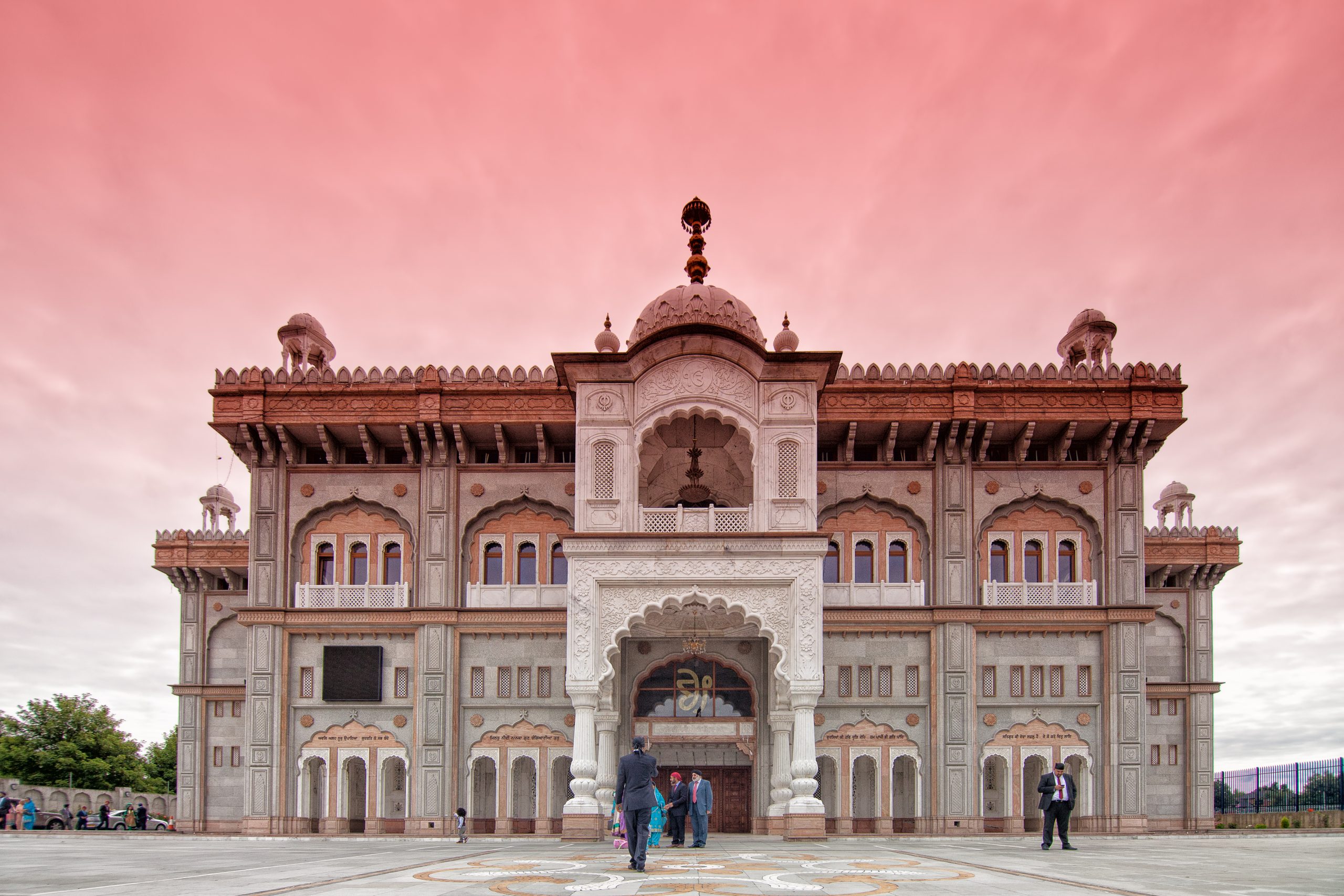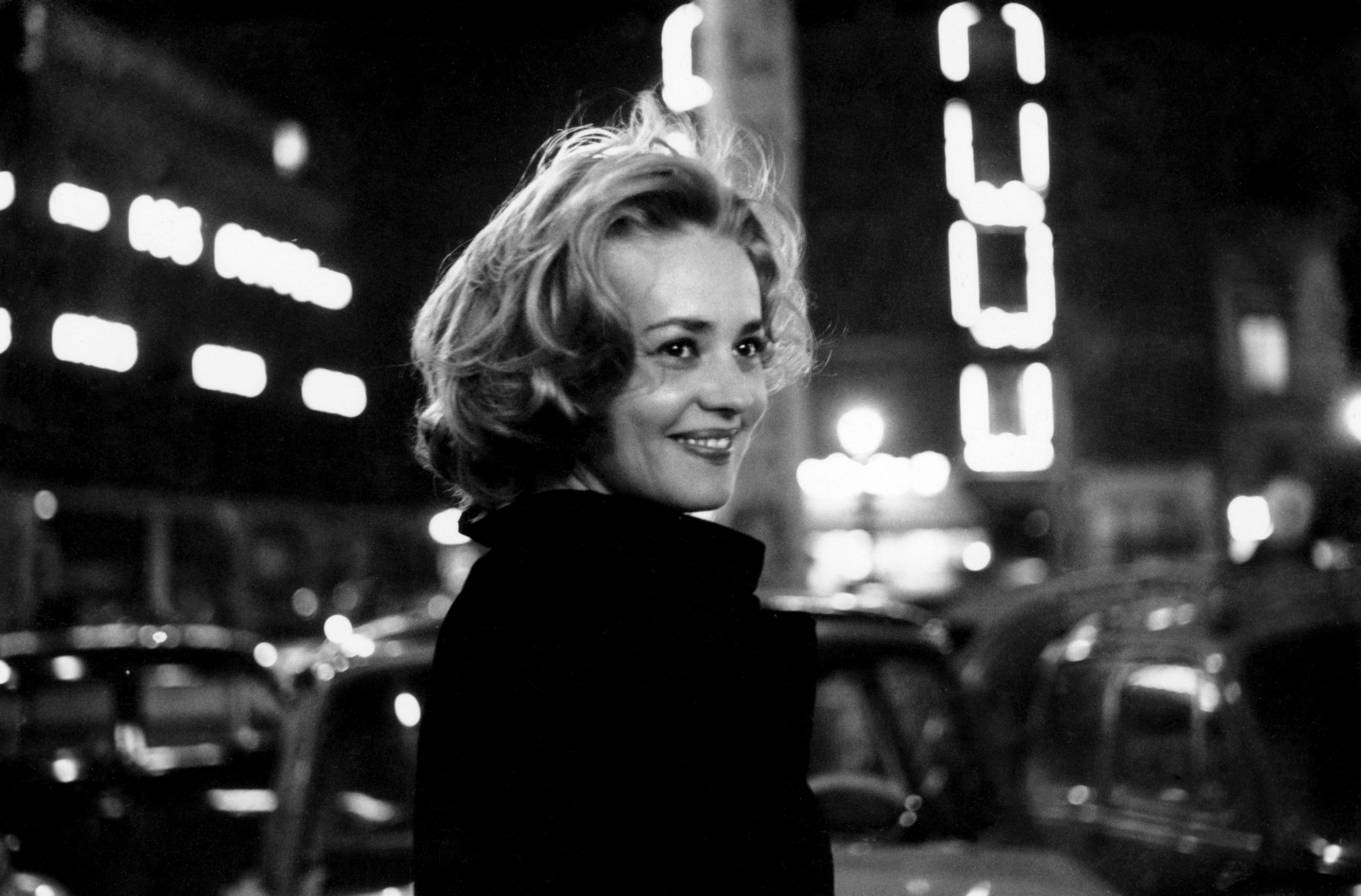
Credit: Ahtisham Hussain/Getty Images
They were sitting on a wall overlooking the Riverside Leisure Area – at least, that’s how it appears on Google Maps; my Pevsner architectural guide referred to it as the Gordon Pleasure Gardens, and noted that one of its signature features was a terracotta statue of the eponymous general. I’ve no idea if Gordon has been a victim of post-imperial remorse or 20th century prudery (it was Lytton Strachey who fingered him as a homosexual with paedophile inclinations), but either way, Gravesend isn’t that inclined to make a big deal anymore of this famous former resident, responsible in his time for building the forts along the Thames intended to protect Britain from French invasion.
Of these, Gordon is reported as saying – to the Duke of Cambridge, and commander of the Army no less – “I had nothing to do with it, sir; it was built regardless of my opinion, and, in fact, I entirely disapprove of its arrangement and position.” Which seems commendably cantankerous given the Duke was congratulating him at the time.
Gravesend tends to make more of a fuss about Pocahontas, the Native American princess who died here in 1617 while trying to get back home – her statue, unlike Gordon’s, makes it into cyberspace. But anyway, I was concerned with native Indians rather than those to whom the term has been misapplied: there were about ten of them, all elderly; most were wearing turbans – some with thathis binding their beards beneath their chins. I remarked on the beautiful afternoon, then asked: “Why do you have one of the largest gurdwaras in the country here? Is it because there’s a particularly large Sikh community?”
They peered at me for a while, blinking at this apparition in a bucket hat and shorts, equipped with plastic map case and knapsack, looking like some travesty of the British colonial servants they may well have seen when young in the Punjab. Eventually one of the oldest and hairiest spoke: “We Sikhs tend to be very close communities, y’know – so, pretty much one or two people from these two villages close to Amritsar came and settled here, after that the rest of us followed.”
He fell silent, resting his chin on the top of his walking stick – and the others nodded gently as if to say that this was an end to the matter. But I wasn’t satisfied: “Sure, I get that – and it’s true for lots of other south Asian communities in Britain, but it doesn’t explain why here specifically,” I swept my arm to encompass the broad bright blue swathe of the Thames under the full summer sun, and beyond it the bright red fuel tanks, concrete blockhouses and cranes on the Essex side of the river.
The elderly Sikh pondered this – and I persisted: “It must have been something to do with work, surely – I mean, people who came from Pakistan to the mill towns of northern England came to work in the textile industry, but I don’t think of Sikhs as having any particular involvement with this.”
“No,” my reluctant interlocutor conceded, “but we are engineers often, and we did work in mills as well…” “Paper mills,” the man next to him said – a clean-shaven anomaly in a blue, open-necked shirt, beneath which moved the slinky reticulation of a string vest: “We worked on the machinery in the paper mills – there were four of them along the river here, all gone now, Imperial was the biggest.”
The first man narrowed his eyes, envisioning this past: “I remember going up sometimes with the deliveries in the middle of the night… Up to Fleet Street – the newspaper offices were still there then, and they did the printing in the basements…” He trailed off, and we all remained silent for a moment. I was thinking of ‘peak paper’, back in the mid-1990s, before digital laid waste to it, when – as a working hack – I used to go to the newsagent every morning then return with a log-sized bundle of the day’s papers under my arm. It had never really occurred to me where all that paper had come from, but now my awareness was being stretched – like a roll of newsprint in a web-offset press – to form a web that captured these men’s experience as well as my own.
“There used to be all sorts of major industry along the Thames estuary…” I mused aloud. “There still is,” said the first man “but it’s different people doing it – the big container port over there…’ he gestured towards the bend in the river, beyond which lies the huge London Gateway installation. “It’s owned by the Arabs and it was built by Chinese contractors.”
He nodded his head worriedly, seeming more upset by this social and economic transformation than his own transplantation from the dusty Deccan plateau to this riverine setting. I could almost hear a faint echo of General Gordon: I had nothing to do with it, sir; it was built regardless of my opinion, and, in fact, I entirely disapprove of its arrangement and position…


